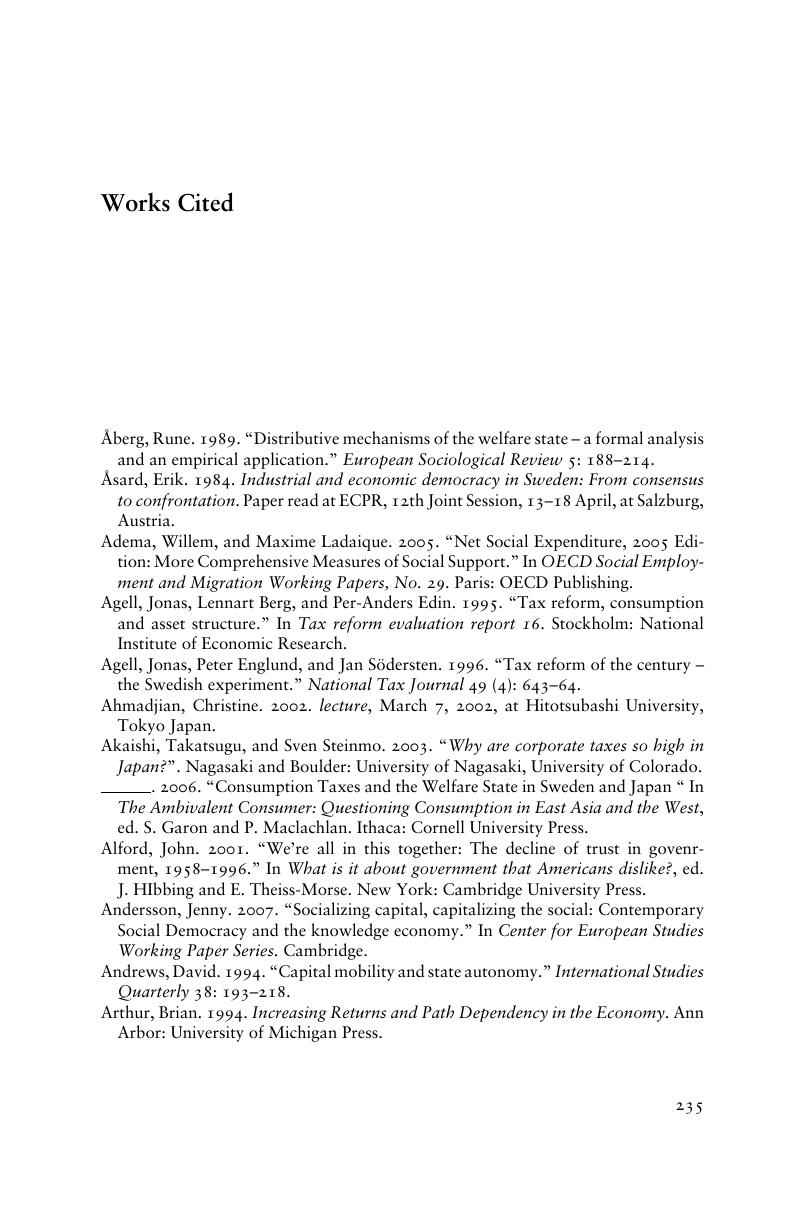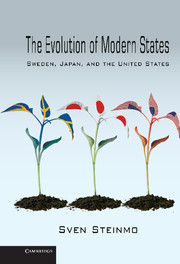Works Cited
Published online by Cambridge University Press: 05 June 2012
Summary

- Type
- Chapter
- Information
- The Evolution of Modern StatesSweden, Japan, and the United States, pp. 235 - 258Publisher: Cambridge University PressPrint publication year: 2010



